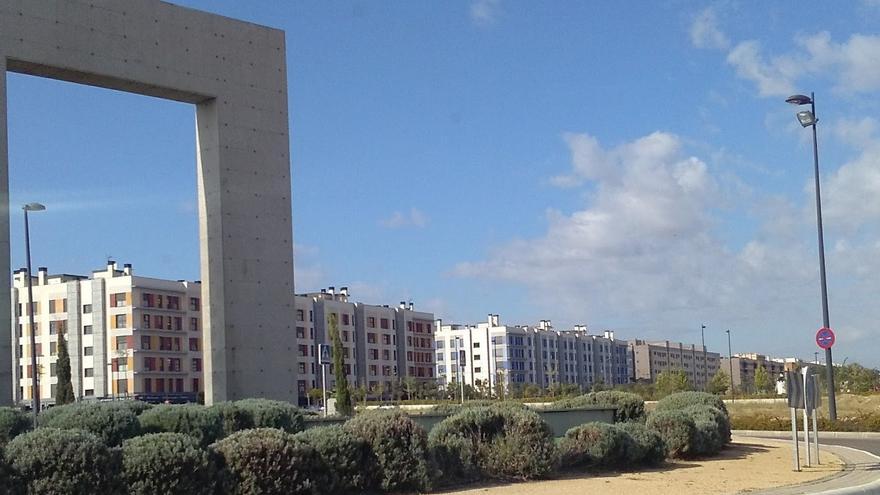
The price of housing rental in the Canary Islands fell by 0.2% year-on-year in August, up to 9.65 euros per square meter, although it rose 0.4% compared to July, according to data from the Real Estate Index of the Fotocasa portal, published this Monday.
By provinces, in Santa Cruz de Tenerife it rose 1.7% year-on-year (+ 0.9% monthly) and in Las Palmas it fell 1.9% compared to August 2020 (-0.3% compared to July). Regarding prices, the most expensive province is Las Palmas with € 9.84 / m2 per month; while Santa Cruz de Tenerife is at € 9.44 / m2.
In the whole of Spain, the rent decreased by 3% year-on-year, to 10.42 euros / m2, and 0.2% compared to the previous month, thus accumulating seven months down.
Despite these decreases, the rental price rose in 11 autonomous communities and in 67% of the municipalities analyzed by the real estate portal in August.
The rental price increased by 2.8% in Navarra and 2.6% in the Balearic Islands, the two communities that registered the highest monthly increases.
In year-on-year terms, the regions in which the rent increased the most in the last year were La Rioja, 10.4%, and Cantabria, 7.9%.
However, Cantabria was the community in which the rental price fell the most compared to July, with a fall of 3.1%, followed by La Rioja, with 2.6%.
By provinces, the rental price fell 4.8% year-on-year in Zamora, with the price per square meter at 5.36 euros, followed by Barcelona, with a fall of 4.3%, to 14.83 euros.
In Huelva, it increased by 10.5%, to 9.28 euros per square meter, and in La Rioja, it became more expensive by 10.4%, to 7.43 euros.
The most expensive province to rent in August was Guipúzcoa, where the price per square meter was 15.5 euros in August, with an interannual variation of 0.6%; while Jaén was the cheapest, with a fall of 1.3% compared to last year, and the square meter at 5.14 euros.
Fotocasa’s Director of Studies, María Matos, explained that August has always been one of the months with the highest rental demand, especially among young people, but said that, aside from this month, the declines continue.
“The rent continues to show decreases, which already mark a change in the trend in rents. In fact, the historically stressed autonomous communities are those that are leading the falls,” added María Matos.
















